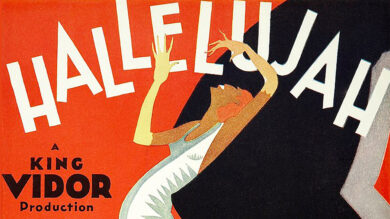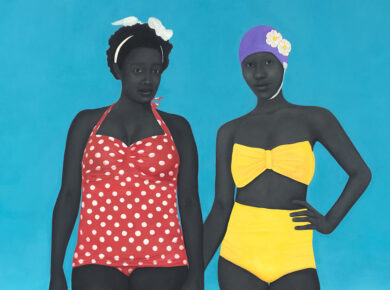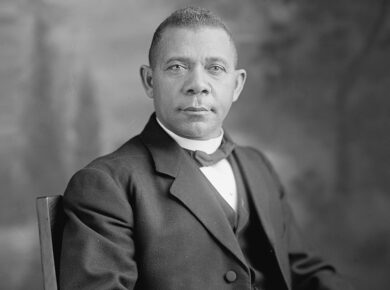Public Domain Day celebrates the release of creative works, including books, films, and music, into the public domain. One such addition is Hallelujah, a groundbreaking 1929 film. Now part of the public domain, Hallelujah stands as a testament to African American creativity and resilience.
Released in 1929, Hallelujah broke barriers as one of the first major films to feature an all-Black cast. With its entrance into the public domain, this cinematic milestone opens the door to fresh interpretations. How can we, as African Americans, honor its legacy while transforming it to connect with today’s audiences?
The Historical Milestone of “Hallelujah“

To truly appreciate the significance of Hallelujah, we must begin by traveling back to the late 1920s. This was a time marked by profound racial inequality and limited opportunities for African American artists in mainstream media. While the Harlem Renaissance was thriving, offering a platform for Black creativity, Hollywood largely excluded authentic Black voices or reduced them to caricatures.
Amid this cultural backdrop, Hallelujah emerged as a groundbreaking achievement. Not only was it one of the first films with an all-African American cast produced by a major studio, but it also boldly integrated gospel music and spirituals into its narrative, which was revolutionary for its time. Consequently, it provided a rare glimpse into African American life, blending themes of faith, redemption, and community.
Although Hallelujah faced criticism for perpetuating some stereotypes, it was undeniably a milestone. It opened doors for actors like Daniel L. Haynes and Nina Mae McKinney, who brought depth and humanity to their roles. Moreover, its boldness paved the way for greater representation in the years to come.
The Cultural Resonance of “Hallelujah“

Hallelujah was more than just a film; instead, it was a cultural milestone. Not only did it open doors for African American actors, but it also brought nuance and humanity to the screen through their performances.
Even today, its themes of faith and resilience strike a chord. The film reminds us of the power of representation and the need to tell stories that reflect our history and humanity.
Reimagining “Hallelujah”: A Call to Action

With Hallelujah now in the public domain, new possibilities emerge. This film is not just a relic—it’s an opportunity to create.
Imagine, for instance, a modern reinterpretation of Hallelujah. What if its story were reimagined as a contemporary musical? By blending gospel with hip-hop, it could deeply resonate with today’s audiences.
This is more than a chance to retell a story. It’s an opportunity to connect the past with the present. By reimagining Hallelujah, we honor its legacy and create something meaningful for today’s world.
Public Domain: A Treasure Trove for Black Creatives

Each Public Domain Day unlocks new inspiration for storytellers. This year, Hallelujah joins a rich collection of works available for adaptation. These works, now free to use, offer tools to preserve and amplify Black voices.
For Black creatives, the public domain represents opportunity. It allows us to reclaim and reshape history. By revisiting these works, we honor their creators and ensure their relevance for future generations.
Conclusion: Carrying the Torch of Creativity
Hallelujah is more than a film—it’s a legacy. Its entry into the public domain is a call to action. How will we honor it? What stories will we tell?
For Black storytellers, this is a moment to reclaim history and innovate. With Hallelujah, the torch has been passed. Let’s use it to light the way forward.






